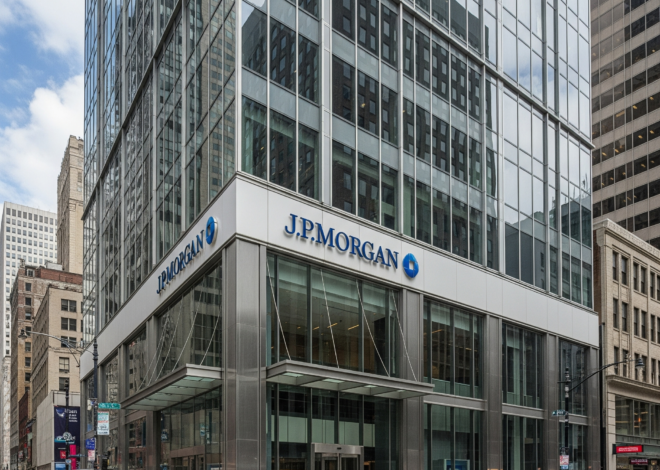
UK Debt Crisis? Government Borrowing Hits 2nd-Highest Level Ever
- UK government borrowing surged to £20.7 billion in June—its second-highest level on record—driven by soaring interest payments on inflation-linked debt and increased public spending.
The UK government is facing mounting concerns over its fiscal health after official figures revealed a sharp increase in public sector borrowing. According to the Office for National Statistics (ONS), borrowing in June surged to £20.7 billion, marking the second-highest June figure on record, exceeded only in 2020 during the peak of the COVID-19 pandemic.
This figure is £6.6 billion higher than the same month last year and well above expectations, surpassing the £17.6 billion predicted by economists and the £17.1 billion forecasted by the Office for Budget Responsibility (OBR). Over the first three months of the 2025–2026 financial year, borrowing has totaled £57.8 billion, an increase of £7.5 billion year-on-year, painting a troubling picture for the new Labour government led by Chancellor Rachel Reeves.
One of the biggest drivers of this borrowing spike was interest payments on government debt, which soared to £16.4 billion in June alone. This surge was largely due to rising Retail Prices Index (RPI) inflation, which affects index-linked government bonds. Richard Heys, acting chief economist at the ONS, explained that
the rising costs of providing public services and a large rise this month in the interest payable on index-linked gilts pushed up overall spending more than the increases in income from taxes and national insurance contributions.
Although tax and national insurance revenues did rise, compulsory social contributions such as national insurance contributions (NICs) jumped £3.1 billion to a record £17.5 billion in June, this increase was not enough to offset the rising costs of government spending. In fact, social contributions in the April to June quarter rose to £48 billion, up £7.5 billion year-on-year, also a record high.
These figures follow Chancellor Reeves’ April decision to raise NICs for employers, a move that has increased wage costs for businesses already grappling with the minimum wage hike. While these measures aim to improve worker pay and boost revenues, they may also be adding pressure to struggling firms and amplifying inflationary effects.
Adding to the strain on public finances is the government’s commitment to large infrastructure projects like Sizewell C, a nuclear power plant in Suffolk set to cost around £38 billion. While touted as essential for energy security, such long-term projects may further limit the government’s fiscal flexibility in the short term.
The latest borrowing figures signal a challenging road ahead for the UK economy. With inflationary pressures, rising debt servicing costs, and higher employer taxes converging, Chancellor Reeves may soon be forced to choose between fiscal discipline and economic stimulus—a delicate balancing act with high stakes for Britain’s economic future.


